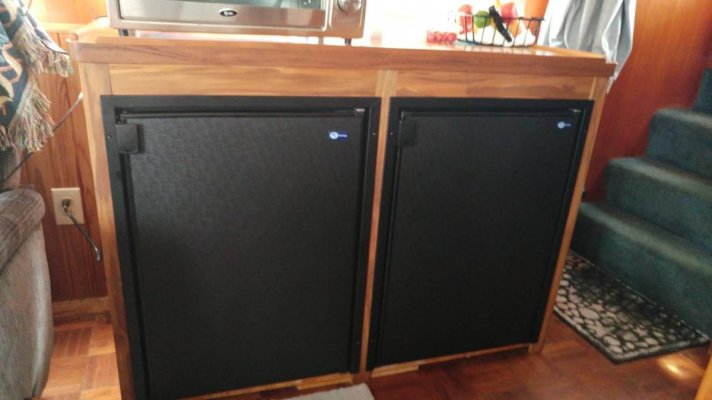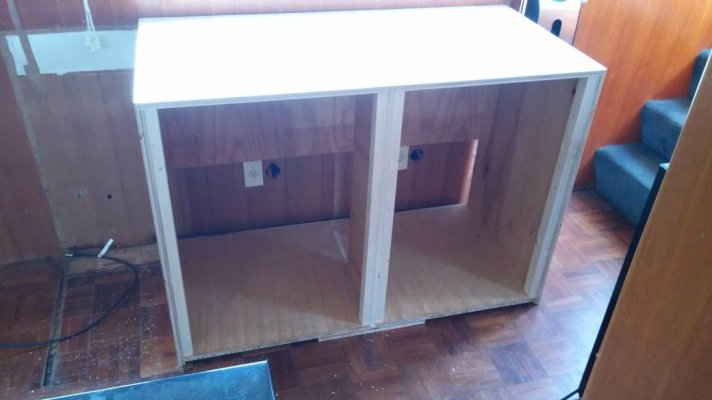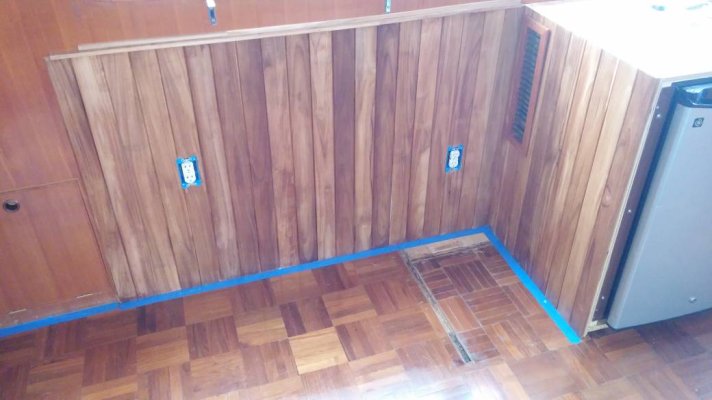HeadedToTexas
Guru
But not new headaches. If Helmsman is building new models with Nova Kool and my experience with Norcold has not been good, what is the best upgrade path without having to rebuild the mounting cabinet?
The last straw was this weekend. Last week I found and replaced a blown DC fuse. The cheap fuse holder looked charred at one lead, so I replaced it with a new and more robust holder. We arrived about 8:00 pm and the boat was at 54°. I powered up the AC fridge breaker and turned the thermostat to 4.5, but the green LED did not come on. I turned the thermostat back off, turned on the DC breaker, then set the thermostat to 4.5 and the LED, compressor, and fan al came on.
About an hour later I looked over at the fridge and saw the green LED was off. The freezer was at 22° and the fridge was at 37°, so it had run for a while. Neither breaker nor the fuse was blown.
I turned both breakers and the thermostat off and back on. Twice the system clicked and the green LED came on for a second or less before going out. In end I just gave up on it.
If Norcold is rarely cold and Nova Kool is never cool, what is the right fridge for dependable operation yet minimal cabinetry work?
The last straw was this weekend. Last week I found and replaced a blown DC fuse. The cheap fuse holder looked charred at one lead, so I replaced it with a new and more robust holder. We arrived about 8:00 pm and the boat was at 54°. I powered up the AC fridge breaker and turned the thermostat to 4.5, but the green LED did not come on. I turned the thermostat back off, turned on the DC breaker, then set the thermostat to 4.5 and the LED, compressor, and fan al came on.
About an hour later I looked over at the fridge and saw the green LED was off. The freezer was at 22° and the fridge was at 37°, so it had run for a while. Neither breaker nor the fuse was blown.
I turned both breakers and the thermostat off and back on. Twice the system clicked and the green LED came on for a second or less before going out. In end I just gave up on it.
If Norcold is rarely cold and Nova Kool is never cool, what is the right fridge for dependable operation yet minimal cabinetry work?





